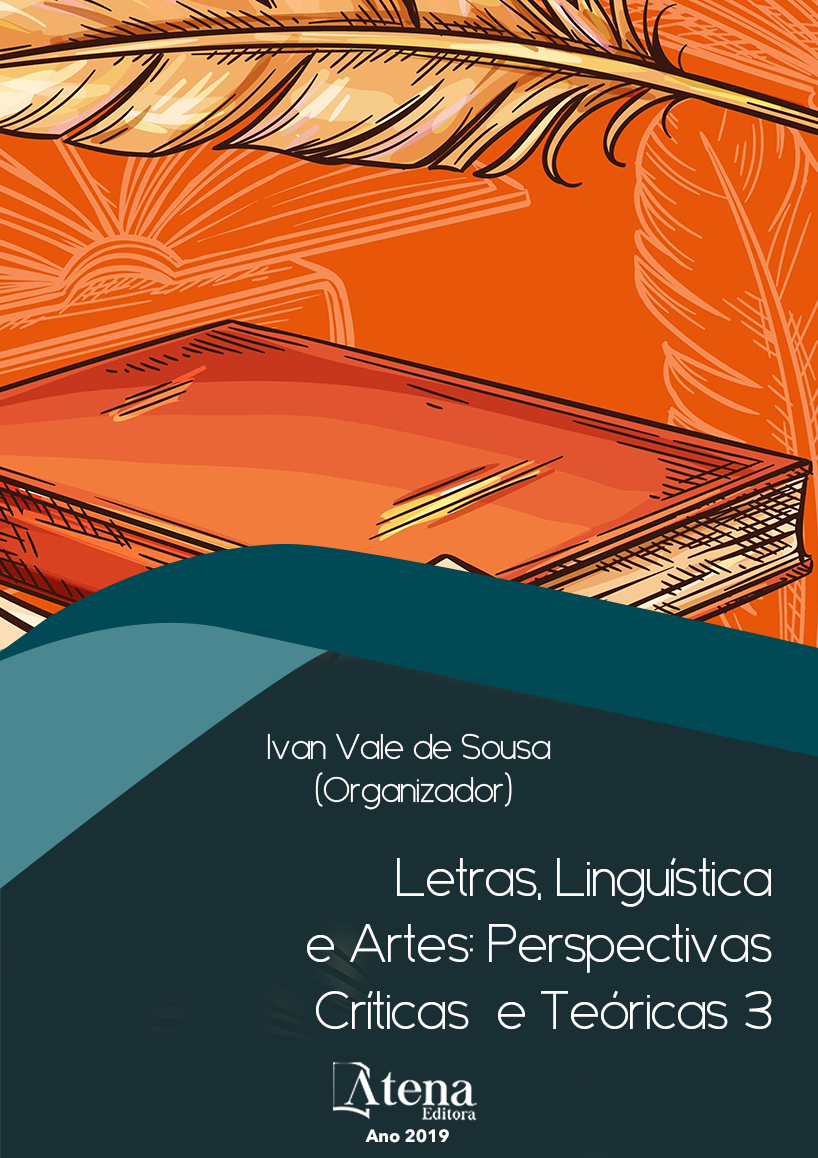
CONSOLIDANDO EXPECTATIVAS: ANÁLISE “FAMÍLIA MULEMBÁ
Utiliza uma série de esculturas do
artista plástico Irineu Ribeiro com objetivo de
tecer análise interpretativa à luz da teoria e da
história da arte. Busca os significados contidos
no aspecto formal, icônico e processual
sobre o trabalho desse artista que tem como
matéria prima de suas obras, a argila do Vale
do Mulembá, jazida denominada barreiro,
localizada no bairro Joana D’Arc, em Vitória,
ES. Essas argilas, assim como o processo de
queima e tingimento, eram utilizados pelos
índios tupis-guaranis, habitantes do litoral
capixaba, na confecção de seus utensílios.
Esse costume foi passado para os escravos
africanos que mantiveram a herança ancestral
chegando à atualidade com o trabalho das
paneleiras, na confecção de um dos maiores
patrimônios da cultura do estado, a panela de
barro. Irineu empresta sua linguagem poética
como meio para a circulação e manutenção
dos elementos contidos nessa tradição. Propõe
contribuir para o registro e a memória da cultura
capixaba, bem como torná-la mais conhecida.
O levantamento desses dados se deu por meio
de entrevista com o próprio artista, pesquisa
bibliográfica e fruição das obras. Foi norteado
pelos pressupostos de autores que abordam
o tema nos mais diversos aspectos: histórico,
crítico, antropológico, material e da construção
espacial. Consideramos termos alcançado
nosso objetivo por suscitar reflexões sobre o
tema e sobre essa linguagem poética, dandolhes
maior visibilidade nos espaços acadêmicos.
CONSOLIDANDO EXPECTATIVAS: ANÁLISE “FAMÍLIA MULEMBÁ
-
DOI: 10.22533/at.ed.05519091016
-
Palavras-chave: Escultura cerâmica. Tradição e memória. Análise interpretativa.
-
Keywords: Ceramic sculpture. Tradition and memory. Interpretive analysis.
-
Abstract:
It uses a series of sculptures by
the artist Irineu Ribeiro to weave interpretative
analysis in the light of theory and art history. It
seeks the meanings contained in the formal,
iconic and procedural aspect of the work of this
artist whose raw material is his works, the clay
of Vale do Mulembá, called Barreiro, located in
the Joana D´Arc neighborhood, in Vitória, ES.
These clays, as well as the burning and dyeing
process, were used by the Tupi-Guarani Indians,
inhabitants of the coast of Espírito Santo, in the
manufacture of their utensils. This custom was
passed on to African slaves who maintained
their ancestral heritage and nowadays with
the work of the panellists, making one of the
state’s greatest cultural heritage, the clay pot.
Irenaeus lends her poetic language as a means
for the circulation and maintenance of the
elements contained in this tradition. It proposes
to contribute to the recording and memory
of the culture of Espírito Santo, as well as to
make it better known. These data were collected through interviews with the artist
himself, bibliographical research and the enjoyment of the works. It was guided by
the assumptions of authors who approach the theme in the most diverse aspects:
historical, critical, anthropological, material and spatial construction. We consider that
we have achieved our goal by giving rise to reflections on the theme and this poetic
language, giving them greater visibility in academic spaces.
-
Número de páginas: 15
- Abinair Maria Callegari


